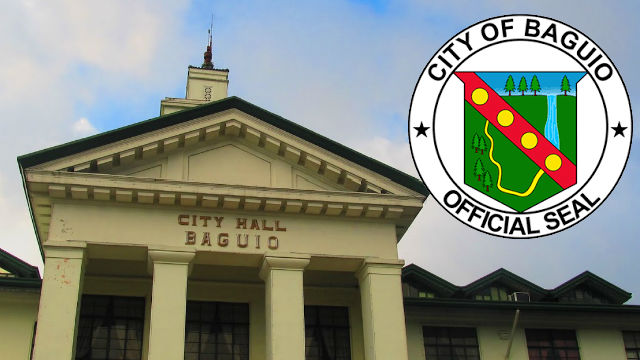BANGUED, Abra – Representatives of people’s organizations (POs) and non-government organizations gathered in a consultation organized by the Center for Development Programs in the Cordillera (CPDC) on February 20, 2018 with the theme, “A Call for Peace, Advancing the Right to Self-Determined Development of the People of Abra.”
Representatives of POs shared their testimonies on the current human rights situation and the status of community development programs in their respective municipalities, while representatives from RLAs and other guests shared their insights on addressing the peace and security challenges in the province of Abra.
Meanwhile, NEDA-CAR Director Milagros A. Rimando underscored just and lasting peace as one of the foundations for sustainable development as embodied in the Philippine Development Plan (PDP) 2017-2022. Rimando also shared the Ambisyon Natin 2040 which represents the collective long-term vision and aspirations of the Filipino people for themselves and for the country in the next 25 years. It goes by the maxim, “Matatag, Maginhawa at Panatag na Buhay”. Peace and security is an indicator under “Panatag na Buhay” which further reinforces the call for just and lasting peace in all conflict-affected areas.
One lesson drawn from the consultation has been emphasized repeatedly by the organizer. “Awan ti panag dur-as nu awan ti kapya. Awan ti kapya nu awan ti hustisya”. (There is no development without peace. There is no peace without justice.)
The Regional Development Council (RDC) CAR together with the Regional Peace and Order Council (RPOC) CAR support the call for just and lasting peace in the region.
It can be recalled that in May 2017, the members of the RDC-CAR and RPOC-CAR signed a Statement of Commitment which states that “the foundation for inclusive growth and sustainable development is the attainment of a just and lasting peace which will be realized through peace negotiations, sustainable socio-economic reforms, and the recognition of the region’s self-determination through an autonomous regional government”.
By Zenia P. Cadiogan













